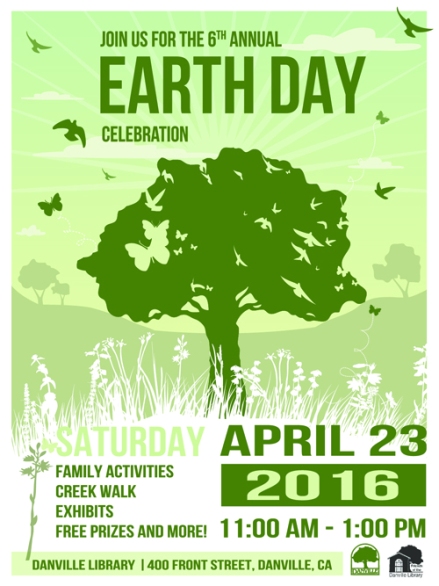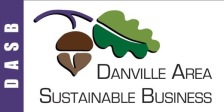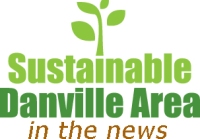Tip of the Month – February 2017
By Cynthia Ruzzi
Can’t say I’m much for Valentine’s Day; at least not since the days of making hand-made cards in school for mom and dad – and the boy across the aisle. However, in a winter that has been ‘this-trying’, stressing us in so many ways; it’s time to share a little love. Now, I’m not talking about the kind that comes from a heart-shaped cardboard box – I’m talking serious, thoughtful effort for those you love and for those that need your love. I encourage you to embrace ideals from movements like “Pass it Forward”, “Random Act of Kindness”, “One Warm Coat” and the “Free Hugs Project”.
Locally, I am inspired by individuals like Amelia and Heidi Abramson and their small band of volunteers that run The Bounty Garden https://thebountygarden.wordpress.com/ teaching others in Hap Magee Park to grow organic vegetables that are donated to local food banks or Anna Chan aka “The Lemon Lady” who walking her toddler saw lemons going to waste on a neighbor’s tree and started a foundation to collect such fruit for those in need and of course, Siamack Sioshansi, Founder of The Urban Farmers who has helped neighbors, schools and spiritual groups coordinate fruit harvests from here to Solano welcoming everyone through their online calendar.
Got too many things going on to commit to a coordinated effort? Try something spontaneous and delicious. How ‘bout random deliveries of packaged goodies delivered to a few in your neighborhood? Here’s a simple recipe for homemade granola bars that may find their way to your doorstep on February 14th.
Dark Chocolate – Coconut Granola Bars
Ingredients – Makes about 20 2 inch squares (Choose Organic if you can)
- 2 Cups Rolled Oats
- ½ Cup Raisins
- 1 teaspoon vanilla
- ½ Cup Coconut Oil
- ¾ Cup Smashed Pecans or Almonds
- ½ teaspoon coarse sea salt
- 1 Cup Coconut Flakes
- 1/3 Cup Agave
- 1 teaspoon Cinnamon
- ½ cup melted dark chocolate
Instructions
Preheat the oven to 325 degrees. Spread oats on a sheet of parchment paper on a baking sheet and toast in oven for 20 mins. Remove the oats and turn the oven down to 300 degrees. Carefully transfer to a bowl and toss with the coconut oil. Add the coconut flakes, raisins, nuts, cinnamon, salt vanilla and agave and give it a good mixing.
Return the mixture to the parchment paper on the baking sheet. Spread to about ¼ inch thick using the back of a tablespoon to press down a little as you go. Don’t worry about it being exact. Bake at 300 degrees until golden brown – about 18 minutes in my convection oven. Remove pan and let cool completely. Melt chocolate in microwave or over double boiler (set one pot over another that has a cup of simmering boiled water) and use a tablespoon to slowly drizzle chocolate over the top of the bars.
Once completely cooled and hardened, cut the bars into 2 inch pieces and store in containers or bags for your delivery. Keep the crumbles for your own yogurt topping. Decorate the bags with hearts and lace for a nostalgic trip back to elementary school or make it a project for your little ones. To protect those with allergies please include a copy of the ingredients or recipe so they will know what has been included. Along with this consider including a handwritten note telling the recipient what you love or admire about them. Make it fun and sign it with your version of ‘secret admirer’ …perhaps ‘love and peace, your neighbor’. Now you’re ready to share the love with your yummy doorstep bundles.



 When I shop, I carry a natural cotton jute bag from Dean and Deluca—a stylish choice for a man or woman—or my favorite, Anya Hindmarch “I am not a plastic bag”, that she designed in the 1970’s to create environmental awareness. You have to admit either of these choices is better than a flimsy plastic bag from a local grocery store. And with Danville following Walnut Creek this July by banning single-use plastic bags, it might be time to start your very own collection.
When I shop, I carry a natural cotton jute bag from Dean and Deluca—a stylish choice for a man or woman—or my favorite, Anya Hindmarch “I am not a plastic bag”, that she designed in the 1970’s to create environmental awareness. You have to admit either of these choices is better than a flimsy plastic bag from a local grocery store. And with Danville following Walnut Creek this July by banning single-use plastic bags, it might be time to start your very own collection. Compost – Luckily, we will avert any food waste going to the landfill since Alamo and Danville have curb-side food scrap recycling. All food waste, including bones, cheese, citrus peels and other oily/fats (which I would never put in my backyard composting bin) can be included in our organics bin. If you are not already participating in this program, you can get a nifty plastic container for under your sink by calling Republic Services at 925-685-4711. Please do not leave this container outside for pick-up. Instead empty it weekly into your organics green bin. More details can be found online at
Compost – Luckily, we will avert any food waste going to the landfill since Alamo and Danville have curb-side food scrap recycling. All food waste, including bones, cheese, citrus peels and other oily/fats (which I would never put in my backyard composting bin) can be included in our organics bin. If you are not already participating in this program, you can get a nifty plastic container for under your sink by calling Republic Services at 925-685-4711. Please do not leave this container outside for pick-up. Instead empty it weekly into your organics green bin. More details can be found online at 



